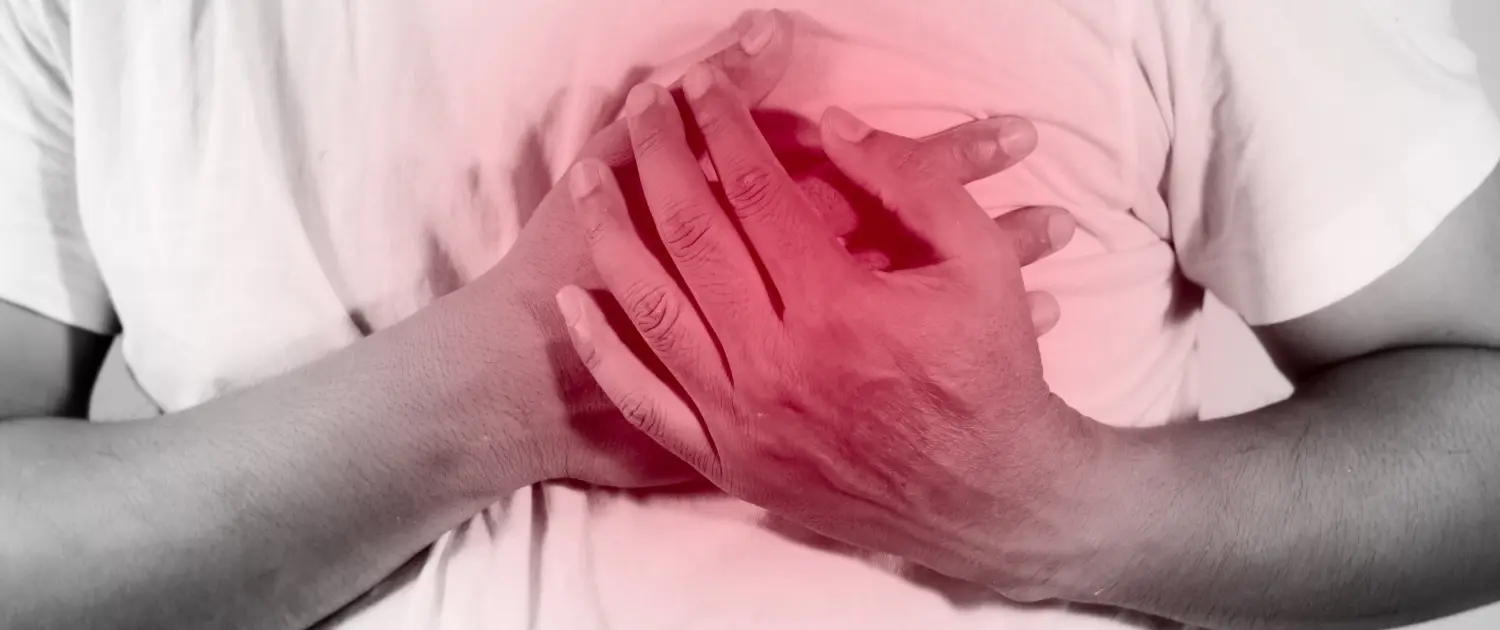“The process of falling in love consists of physiological and psychological experiences.”
Love; Although it is a complex and dynamic system that includes cognition, emotion and behavior, it is a multidimensional phenomenon, attitude and arousal. The process of falling in love occurs through physiological and psychological experiences. The physiology of falling in love is explained by various hormonal changes.
For example; Increase in the dopamine hormone, which makes us feel happy, decrease in the serotonin hormone, which causes us to constantly think about the other person (as in obsessive thoughts seen in obsessive-compulsive disorder), increase in the oxytocin hormone, which increases the need for physical contact and provides the desire for relaxation, increase in the noradrenaline hormone, which is one of the causes of excitement, causing sweating and tremors. etc. Adrenaline hormone, which increases our physical symptoms, is an indicator of the physical state of love.
It can be said that the first function of romantic relationships in human life is to meet the need for closeness, and the second function is to contribute to identity development. By associating attachment types with romantic love, research shows that people’s attachment styles in infancy determine their relationships with the people they love. With the knowledge that we are beings that develop within relationships, our first formation of love begins with our caregiver. The need for closeness, which is a part of our existence, can be a mother for a baby, a friend or toys for a child, someone to date for a teenager, and a romantic partner for adults and the elderly.
Scientific studies show that it is possible for people to have a healthy relationship to the extent that they can find common ground with each other, and this proves the important role of the similarity factor in love.
Scientific research has shown that one of the determining factors of health and youth is close and happy romantic relationships. Dating culture today: Although it has become symbolized by short-term relationships, divorces, and unnamed partnerships, many of us still want relationships based on trust, commitment, and continuity. Each of us is still trying to be within the framework of love and to maintain that love as much as possible.
The relationship can be kept happy with the effort and time given to it. In happy relationships, talking about their own lives, dreams, thoughts, feelings and relationships acts as a protective factor. The journey of becoming us by protecting ourselves defines healthy relationships.
The Gottman couple, who are important researchers in the field, say that a healthy, long-lasting relationship is like a 7-storey house surrounded by thick walls and a solid floor. These 9 elements, which they call the science of love, always lead to a successful union. In these researches, the floor and walls of the house; While creating loyalty and trust, the floors of the house; Partners should have each other’s love maps (they should be in control of each other’s inner world, feelings and thoughts), they should concretely express their fondness and admiration for each other, they should turn towards each other (must respond to the invitation to communicate), the first look should be from a positive perspective (not looking for blame in each other). and the first aim is to learn the facts) is to share their dreams with each other, share their excitement and respect their ideals.
Research shows that discussion styles determine the course of a relationship. The discussion features that should be avoided are called the four horsemen of the apocalypse and these are; Criticism, humiliation, defensiveness and sudden cessation of all communication, that is, passivity. It is possible to stay away from these four horsemen by maintaining positive communication. In studies conducted for more than 40 years on healthy and happy relationships, the ratio of five positive experiences to one negative experience has been observed and it has been proven that the important thing is not to have a negative experience, but to have a high number of positive experiences despite all the negativities. For positive communication; It means that the partners accept their individual responsibilities and accept the role they play in the problem, become less defensive, clearly express the partners’ wishes, problems and needs, and lastly, maintain communication at all times.
Related Posts




